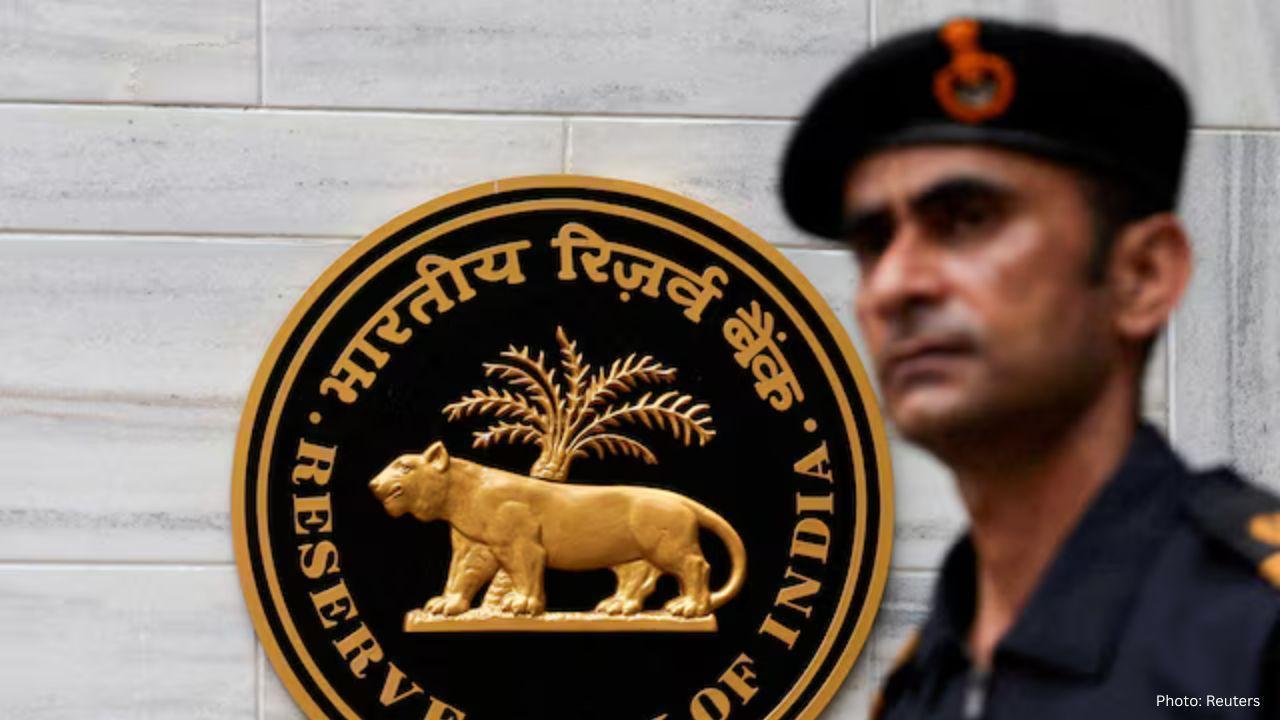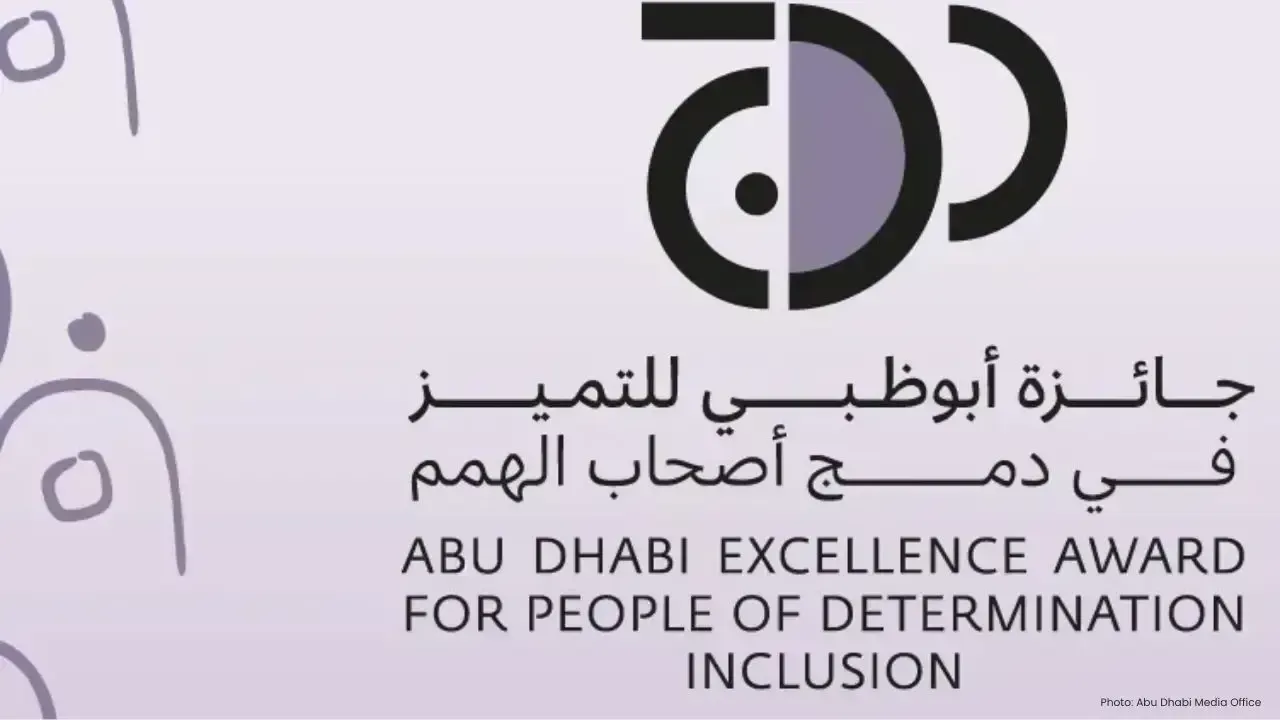You have not yet added any article to your bookmarks!

Join 10k+ people to get notified about new posts, news and tips.
Do not worry we don't spam!

Post by : Anis Farhan
Society 5.0 is a strategic vision introduced by Japan to build a “super-smart society” where technology seamlessly integrates with daily life to solve social challenges. It represents the fifth stage of human development, following hunting, farming, industrialization, and the information society. Unlike Industry 4.0, which focuses primarily on technological efficiency and industrial transformation, Society 5.0 emphasizes human well-being at its core.
In this vision, digital transformation is not an end but a means to achieve broader goals such as inclusivity, sustainability, and improved quality of life. Technologies like artificial intelligence, the Internet of Things (IoT), robotics, and big data are applied not only to industries but also to healthcare, education, mobility, and governance.
Human societies have evolved through distinct stages. The hunting society (Society 1.0) was built on survival skills. The agrarian society (Society 2.0) created structured communities. The industrial society (Society 3.0) transformed economies with factories and machines, while the information society (Society 4.0) connected the world through data and digital networks.
Society 5.0 is the next leap, where the physical and cyber worlds merge. Unlike earlier stages that often prioritized economic gain, this stage seeks balance—leveraging innovation for social good, minimizing inequalities, and ensuring no one is left behind in the digital revolution.
At the heart of Society 5.0 lies advanced technology. Artificial intelligence analyzes massive datasets to provide solutions for social issues like aging populations and urban congestion. IoT connects everyday devices, enabling smarter homes, cities, and workplaces. Robotics plays a vital role in industries and caregiving, while blockchain supports transparent governance and secure transactions.
For example, in healthcare, wearable sensors connected to AI can monitor chronic illnesses and alert doctors before emergencies occur. In agriculture, smart sensors can optimize irrigation and fertilizer use, ensuring sustainable farming. In transportation, autonomous vehicles can reduce traffic congestion while providing mobility for the elderly and disabled.
Japan faces pressing challenges, including an aging population, shrinking workforce, and rising healthcare demands. Society 5.0 aims to turn these obstacles into opportunities through innovation. Elderly citizens can maintain independence with assistive robotics and telemedicine. AI-powered logistics can counter labor shortages, while smart farming can ensure food security despite fewer agricultural workers.
This framework reflects Japan’s proactive approach: instead of seeing demographic decline as a crisis, it sees it as a chance to design new, more inclusive systems that could serve as models for other nations facing similar issues.
While designed for Japan, the principles of Society 5.0 have universal appeal. Countries worldwide are grappling with technological disruption, inequality, and sustainability. The Society 5.0 model demonstrates that technology should not be pursued in isolation but aligned with human needs.
For developing nations, Society 5.0 offers inspiration for leapfrogging outdated infrastructure by directly adopting smart systems in healthcare, education, and finance. For developed nations, it serves as a blueprint to balance rapid innovation with ethical considerations and social responsibility.
Society 5.0 closely aligns with the United Nations Sustainable Development Goals. Its emphasis on inclusivity, sustainability, and equality reflects global priorities. For example, smart energy systems contribute to climate action goals, digital education platforms advance quality education, and AI-powered governance fosters peace, justice, and strong institutions.
By merging technology with ethical frameworks, Society 5.0 provides a pathway to achieve SDGs without sacrificing economic growth. It positions technology as a servant of humanity rather than a driver of inequality.
Despite its promise, Society 5.0 faces barriers to adoption worldwide. Developing nations may struggle with the cost of infrastructure, lack of digital literacy, and insufficient policy frameworks. Even in advanced economies, data privacy concerns, cybersecurity risks, and the digital divide pose serious challenges.
Cultural differences also play a role. A society that emphasizes collective well-being, like Japan, may find it easier to implement human-centered technology. In contrast, individualistic cultures may prioritize efficiency and profit over inclusivity. Global adoption will therefore require tailoring the model to different contexts.
Society 5.0 teaches several valuable lessons for the global community:
Human-Centered Innovation: Technology should enhance human life, not dominate it.
Inclusivity Matters: No citizen should be left behind in the digital age.
Sustainability as a Priority: Innovation must coexist with environmental responsibility.
Collaboration Across Sectors: Governments, private companies, and citizens must work together.
Adaptability Is Key: Models must be flexible to cultural, economic, and social conditions.
These principles can guide nations in adopting technology responsibly, ensuring progress benefits all.
Looking ahead, Society 5.0 represents a roadmap for nations seeking to harmonize innovation with humanity’s needs. As AI, robotics, and digital networks grow more sophisticated, the risk of inequality and disruption increases. Society 5.0 offers a framework to manage this transformation responsibly.
In the coming decades, the countries that embrace these principles may build more resilient, equitable, and sustainable societies. By merging physical and digital spaces, they can create systems that not only address today’s challenges but also anticipate future ones.
Japan’s Society 5.0 vision is more than a national strategy—it is a global philosophy for the digital age. By putting people at the center of technological change, it challenges the world to rethink progress in terms of well-being, equity, and sustainability. While implementation will vary across countries, the underlying message remains universal: technology should serve humanity, not the other way around.
As the world navigates an uncertain future, Society 5.0 offers a beacon of balance between innovation and inclusion. It is not just Japan’s vision but a global opportunity to build societies where technology and humanity thrive together.
This article is intended for informational purposes. It reflects current trends and interpretations of Society 5.0 based on Japan’s strategic vision. Readers are encouraged to explore additional resources and expert insights before drawing conclusions or making policy decisions.










Ranveer Singh’s Dhurandhar Hits ₹1000 Cr Despite Gulf Ban Loss
Dhurandhar crosses ₹1000 crore globally but loses $10M as Gulf nations ban the film. Fans in holiday

China Claims India-Pakistan Peace Role Amid India’s Firm Denial
China claims to have mediated peace between India and Pakistan, but India rejects third-party involv

Mel Gibson and Rosalind Ross Split After Nearly a Decade Together
Mel Gibson and Rosalind Ross confirm split after nearly a year. They will continue co-parenting thei

Rashmika Mandanna, Vijay Deverakonda Set to Marry on Feb 26
Rashmika Mandanna and Vijay Deverakonda are reportedly set to marry on February 26, 2026, in a priva

FIFA Stands by 2026 World Cup Ticket Prices Despite Fan Criticism
FIFA defends the high ticket prices for the 2026 World Cup, introducing a $60 tier to make matches m

Trump Claims He Ended India-Pakistan War, Faces Strong Denial
Donald Trump says he brokered the ceasefire between India and Pakistan and resolved eight wars, but